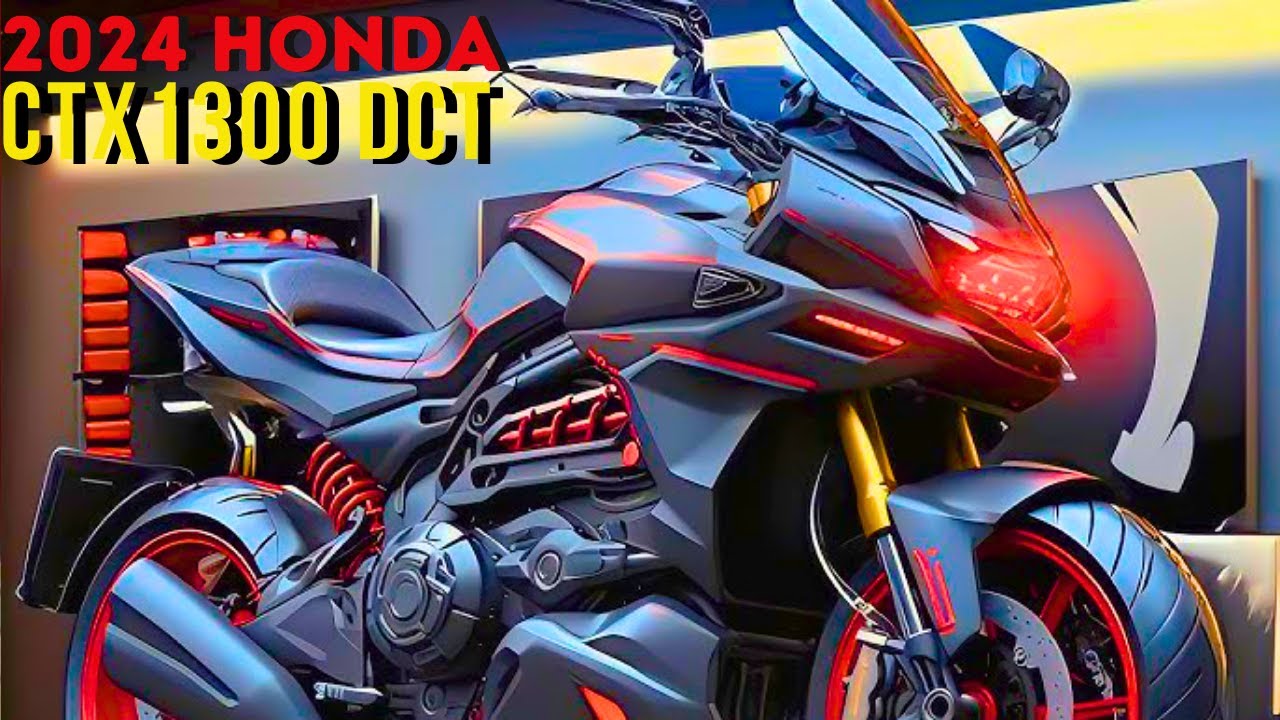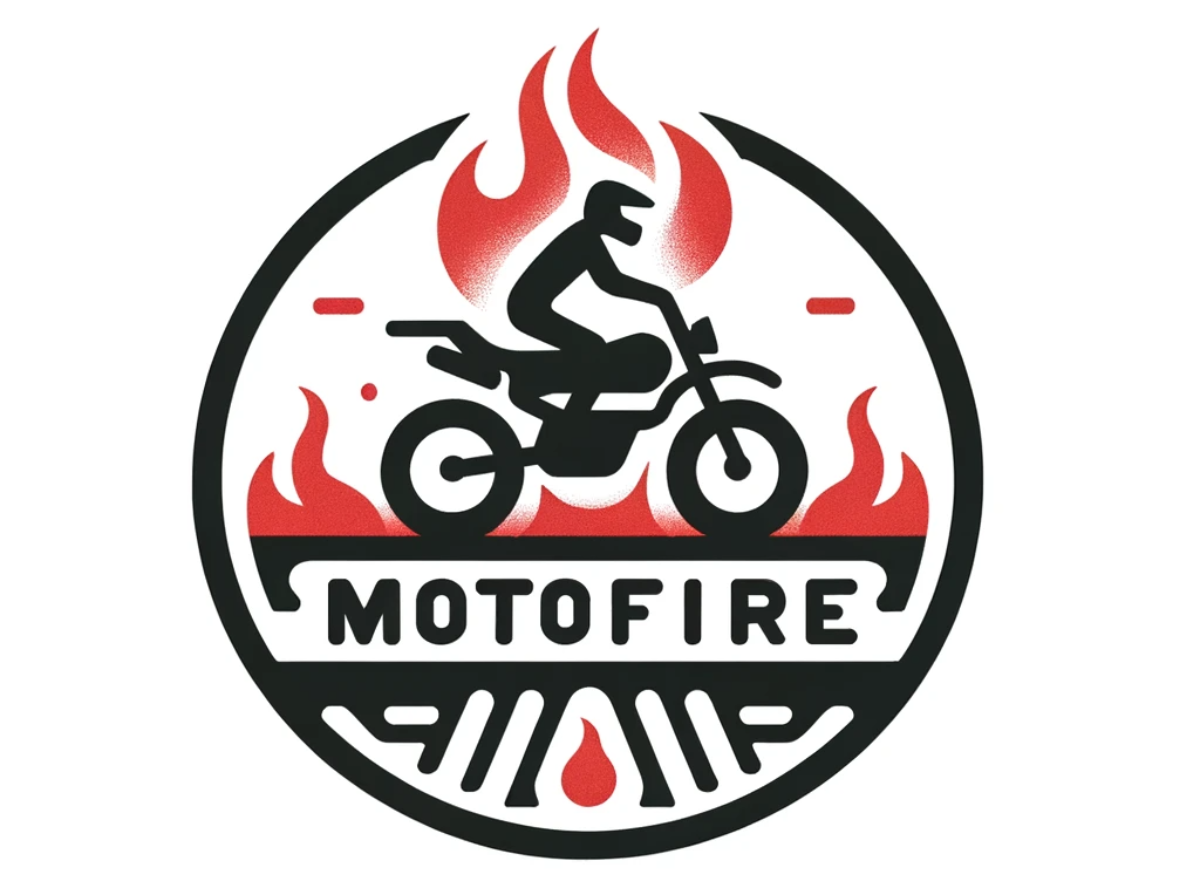DCT Honda: a game changer or just a myth for long-distance riders?

The evolution of motorcycle technology has stirred passionate debates among long-distance riders. At the heart of the discussion is the revolutionary DCT Honda system, an innovation that challenges the traditional ritual of manual gear changes. Bridging the gap between advanced engineering and the raw appeal of riding, this automated transmission promises enhanced comfort and performance on epic journeys.
Why riders initially rejected automated transmission innovations
The notion of an automated transmission in motorcycles has long met with resistance by purists. Manually shifting gears, managing the clutch, and feeling every mechanical nuance have been seen as rites of passage, making the introduction of technologies like DCT an apparent affront. To many enthusiasts, handing control over to a system, however sophisticated, evokes skepticism and even disdain.
Yet, as advancements push the boundaries of engineering, it becomes crucial to examine this technology on its own merit. Detailed explorations on platforms like MotoFire have highlighted that automated transmissions now promise a seamless riding experience.
The intricate engineering behind the DCT Honda system
At the core of this breakthrough is a dual-clutch mechanism that operates with flawless precision. One clutch manages the odd gears while the other is in charge of the even gears, ensuring that the next gear is pre-selected for instant changes. This design allows for smooth, uninterrupted acceleration and efficient power management in various riding conditions.
Such advanced technology exemplifies Honda’s commitment to merging performance with innovation while retaining the soul of long-distance riding. The DCT system is not merely a technological add-on but rather a well-integrated feature that stands as a testament to Honda’s engineering prowess.
Touring innovation: enhanced comfort and performance with DCT Honda
Long rides demand a fine balance of control and relaxation, which the DCT Honda setup successfully delivers. With features like an optimized touring mode, riders experience less physical fatigue by forgoing constant manual clutch operations. Enhanced safety is paired with smooth gear transitions that maintain the engine’s ideal power band, contributing to both improved fuel efficiency and overall riding comfort.
Additionally, the incorporation of unique functionalities such as “Walking Mode” simplifies maneuvering heavy touring bikes, turning tricky low-speed tasks into effortless operations. This combination of practicality and forward-thinking design underlines Honda’s drive for innovation in long-distance riding.
Enhanced performance and safety on extended journeys
Beyond offering comfort, the DCT system has a profound impact on performance and rider safety. Eliminating the risk of mis-shifting during critical moments, this automated transmission upholds a consistent and accurate response, crucial for navigating complex road conditions and tight urban areas. The result is a riding experience where precision and reliability are paramount.
This advanced technology has been praised by riders who have clocked thousands of kilometers with the system. Its ability to closely align with the demands of long-distance touring confirms that high-performance and safety need not come at the expense of the much-loved tactile engagement in riding.
Redefining motorcycle culture with Honda’s innovative DCT technology
The evolution of automated transmission in motorcycles is reshaping long-distance riding. By offering a dual mode that allows for both manual control and automated precision, Honda’s DCT system bridges the gap between tradition and modernity. Riders are discovering that enhanced comfort and safety do not dilute the essence of the riding experience but rather elevate it.
The ongoing transformation in motorcycle culture continues to spark discussions on what truly defines performance. As numerous testimonials emerge, the seamless integration of advanced technology with classic riding dynamics is solidifying its place in the annals of motorcycle innovation. Articles on MotoFire further highlight how this evolution is not only a technical triumph but also a cultural milestone.






